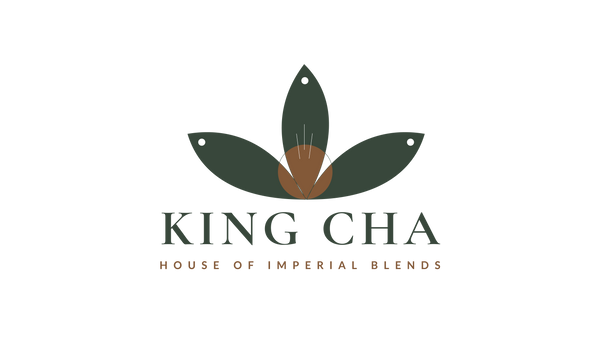Ever wondered how teabags came into existence?
Are you one of those workaholics who prefer convenience over effort? Perhaps, the reason why tea bags have become immensely popular these days is because of their practicality. It’s so easy to pop a tea bag into a hot cup and get on with the rest of your day.
One might wonder whether tea bags were ingeniously crafted to simplify our lives, but surprisingly, that’s not the case.
In this month’s tea trivia blog, we will dive into the story behind the discovery of tea bags and how they became popular through the ages.
Our monthly tea trivia is an exciting space for all the tea lovers out there who are curious about the world of teas. We promise to keep you entertained and informed with our dose of fun tea facts.
How Were Tea Bags Invented?
Before tea bags, loose leaf tea was the primary way people brewed and enjoyed their cup of tea. The tradition of steeping loose tea leaves in boiling water dates back centuries, with the first brew originating from ancient China. Just like the first loose leaf tea was an accidental discovery, so is the inception of tea bags.
In 1908, a New York City tea merchant, Thomas Sullivan faced a keen predicament. He wanted to send small samples of tea to his potential customers but did not want extra packaging costs. So, he decided to send the loose tea samples in small silk bags. Little did he know that this cost-cutting measure would end up revolutionising the tea-consuming industry.
His customers upon receiving the samples, mistakenly assumed that the silk bags were meant to be steeped directly in hot water. This made the process of brewing tea much simpler and faster while at the same time maintaining the consistency of flavour in the tea. This unexpected response inspired Sullivan to further experiment with the idea of commercialising the tea bag, and thus, the journey of the tea bag began.

How Tea Bags Became Popular
It wasn’t long after Thomas Sullivan’s accidental discovery that prompted further experimentation with tea bags. As tea companies realised the potential of this new method of drinking tea, they began refining the design and materials of the bags.
Early commercial tea bags were made from paper which allowed for a better infusion of flavours. Even Sullivan switched from silk mesh to a material made from gauze which became popular in the 1920s and production boomed. As tea bags were introduced to the market, tea companies invested in educating consumers about their proper usage. They highlighted that tea bags could be effortlessly steeped, freeing you from the fuss of extra gear or the chore of measuring loose leaves. Let’s face it, sometimes standing in scorching heat in the kitchen to make a cup of tea unintentionally makes us change our minds altogether.
It's also interesting to note how the shape of tea bags evolved. Previously, manufacturers made tea bags in sack-style pouches. However, Tetley Tea was the first company to create square-shaped tea bags as we see them today in all kinds of tea brands. By the mid-20th century, significant advancements in mass production techniques were made. This allowed tea bags to be produced at a larger scale, making them more accessible and affordable to a broader range of consumers.
Soon major brands like Lipton and Brooke Bond experimented with designs, and materials and added unique shapes like the famous pyramid tea bags which allowed for better tea expansion. These innovations not only enhanced the brewing process but also added an element of novelty and aesthetics to the tea-drinking experience.
Tea Bags of the 21st Century
If there's one lesson that the 21st century has made abundantly clear, it's the escalating worries surrounding the environment. Many early tea bags were made using non-biodegradable materials like nylon or polypropylene, which contributed to waste and environmental pollution. As awareness about sustainability and eco-friendliness grew, tea companies responded by producing biodegradable and compostable tea bags made from materials like cornstarch, hemp, or organic cotton.
This shift towards eco-friendly options appealed to environmentally conscious consumers, contributing to the ongoing popularity of tea bags.
The tea bag is a true work of art, and its creators are always pushing the boundaries of what is possible. Tea bags have continued to evolve, with an array of creative designs and innovative features. Moreover, specialized tea bags have emerged, such as those designed for cold brews, herbal infusions, or even matcha tea, further widening their scope and making them suitable for a broad spectrum of tea types and brewing methods.
From humble beginnings to a global tea phenomenon, the journey of tea bags is nothing short of extraordinary. They have truly transformed the way we enjoy our beloved tea. Next time you reach for your favourite tea bag, take a moment to appreciate the story behind its creation and the legacy it carries.
At Kingcha, we strive to embrace this evolution of tea bags responsibly. Our commitment to sustainable tea bags ensures a greener tomorrow. Explore our website, where a diverse array of exquisite teas awaits your discovery. From enchanting loose-leaf varieties to the convenience of tea bags, we invite you to embark on a flavourful journey tailored to your preference.


